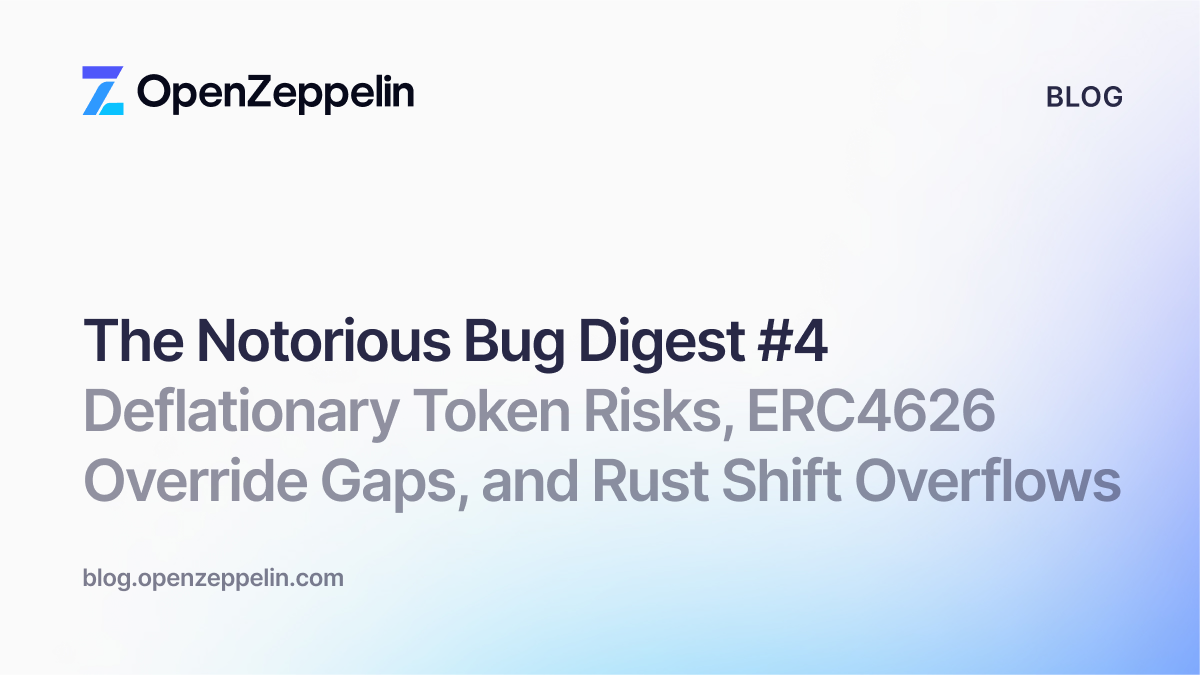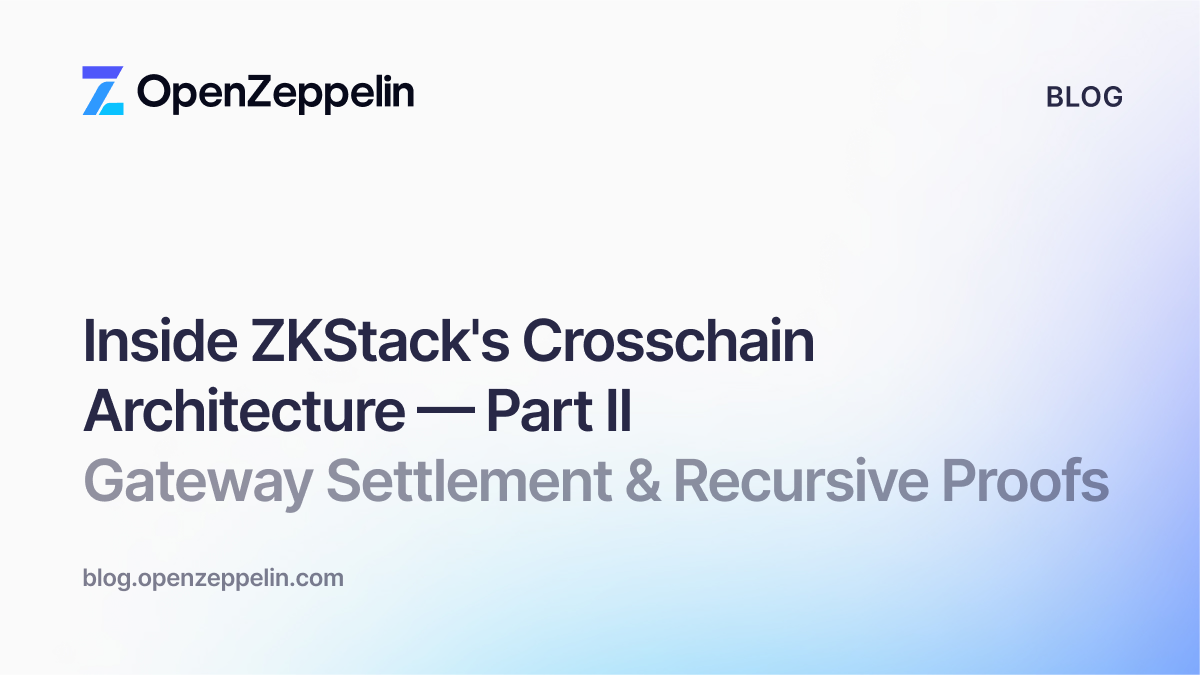On March 24, ANZ Bank launched the A$DC token (“A dollar DC”), the first bank-issued stablecoin. OpenZeppelin helped secure A$DC, which is pegged at a 1:1 ratio with the Australian Dollar. By using A$DC, ANZ clients were able to send A$30 million to digital asset fund managers in less than 10 minutes without costly intermediary conversions.
This world-first transaction represents a watershed moment in trusted and frictionless investment. The direct issuance of the token by a bank facilitates a seamless conversion between digital assets and fiat currency within the confines of a regulated entity. OpenZeppelin is proud to have played an essential role by auditing the A$DC token and providing smart contract operational infrastructure, thereby securing the transaction and hastening the mainstream adoption of digital currencies.
Advantages of Stablecoins
Stablecoins offer their holders the advantage of the instant, transparent settlement of cryptocurrencies—without the short-term volatility inherent to most crypto assets today. Since they are tied to fiat currency at a set ratio, they offer token holders stability and predictability. While the value of other digital assets may fluctuate, for the most part, a stablecoin worth $1 today will also be worth $1 tomorrow.
Moreover, a transaction made with stablecoins can be considerably faster and cheaper than one made with fiat currency. This is particularly true for institutional transactions involving large sums of money. Traditionally, such transactions have required facilitation by intermediaries, adding costs and delaying settlements. Using the blockchain, however, allows parties to settle with one another directly and in near real-time.
This inaugural A$DC transaction was settled at a very low cost in less than 10 minutes. Previously, moving such a sum would have first required conversion between the Australian Dollar and another fiat currency—the U.S. Dollar (USD)—followed by the purchase of USD-denominated stablecoins. This would have been considerably more expensive and could have taken multiple days to clear.
The Coming Proliferation
The stablecoin space offers Web3 users a variety of both centralized and decentralized options. Up to now, centrally-managed stablecoins have largely been issued by private, non-bank entities, who have adopted various methods of backing them with real-world value and demonstrating that value to users. Web3 users have made broad use of these stablecoins; according to CoinMarketCap, at the time of this writing, the three largest USD-denominated stablecoins had a combined market capitalization of more than $150 billion. There are also a number of promising decentralized offerings, which seek to provide users with the advantages of stablecoins, while adhering more closely to the democratizing ethos of Web3.
Nevertheless, the arrival of A$DC likely foreshadows the issuance of other digital assets by government-regulated banks. Such a proliferation of assets would be in response to widespread demand among both retail and commercial banking clients. Proponents of this development also believe it would enable a more seamless conversion between digital and fiat currencies, as well as provide a framework of greater regulatory certainty.
Some may be delaying their investment in the DeFi space out of a belief that the advent of Central Bank Digital Currencies (CBDCs) will consolidate the market. While nothing is set in stone, OpenZeppelin believes a reasonable observer might instead anticipate a possible future in which different stablecoins respond to different market needs. It is possible that central banks will design CBDCs with more limited functionality and composability than those issued on public blockchains using flexible smart contract designs.
In such a scenario, more programmable assets—such as A$DC—would open up new investment opportunities by enabling token integration with other smart contracts. Such assets would require expert-level security reviews, but they would spur innovative uses that less functional CBDCs would not be able to match.
A Trusted Security Partner
OpenZeppelin is proud to have partnered with ANZ Bank on this important project and looks forward to continuing its successful security collaboration in the months and years ahead. With the Web3 ecosystem continuously expanding—both in terms of protocols and in terms of total value locked—the future of DeFi is bright. This rapid growth attracts malicious actors, however, and the need for a trusted security partner is clear.
“As pioneers of smart contract security, OpenZeppelin is honored ANZ chose to partner with our development team in its endeavor to build the first ever Australian-bank issued stablecoin,” observed OpenZeppelin’s Chief Growth Officer, Stephen Gant, adding, “As ANZ’s key smart contract security partner, we look forward collaborating on future successful projects together.”
In addition to relying on the OpenZeppelin team for a security review, ANZ is also making use of other OpenZeppelin solutions. ANZ is using OpenZeppelin Defender to automate its smart contract management operations. Defender is configurable based on client needs and can be integrated with other SaaS tools.
OpenZeppelin encourages other Web3 developers and institutions exploring DeFi to incorporate battle-tested security tools—such as Defender, Forta, and OpenZeppelin Contracts—into their projects.


